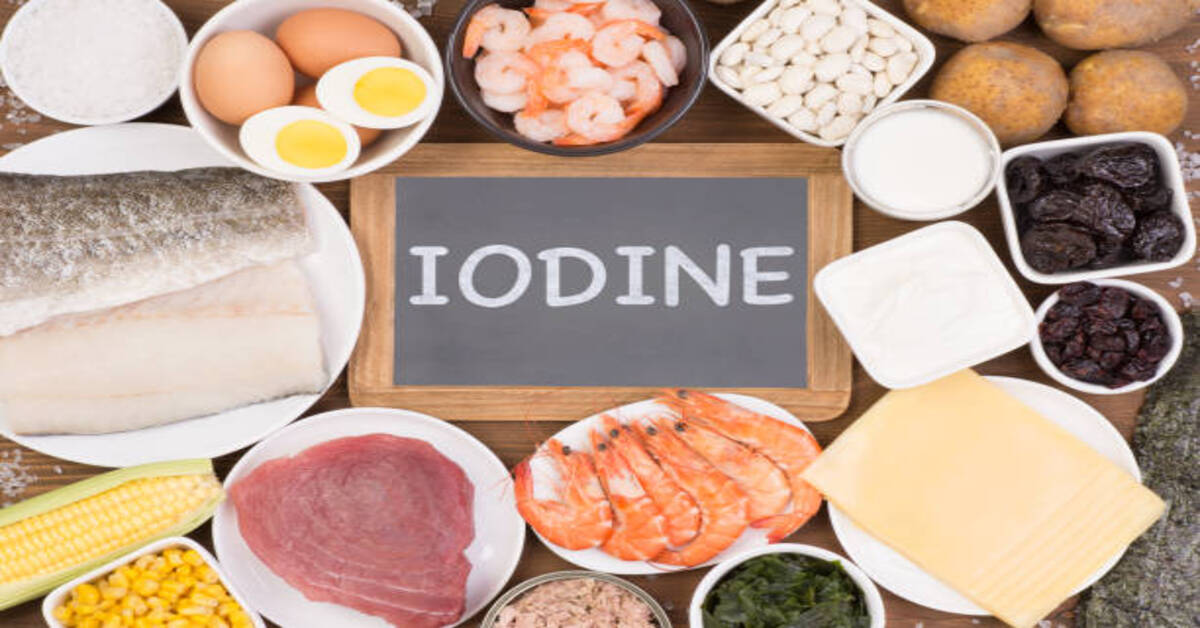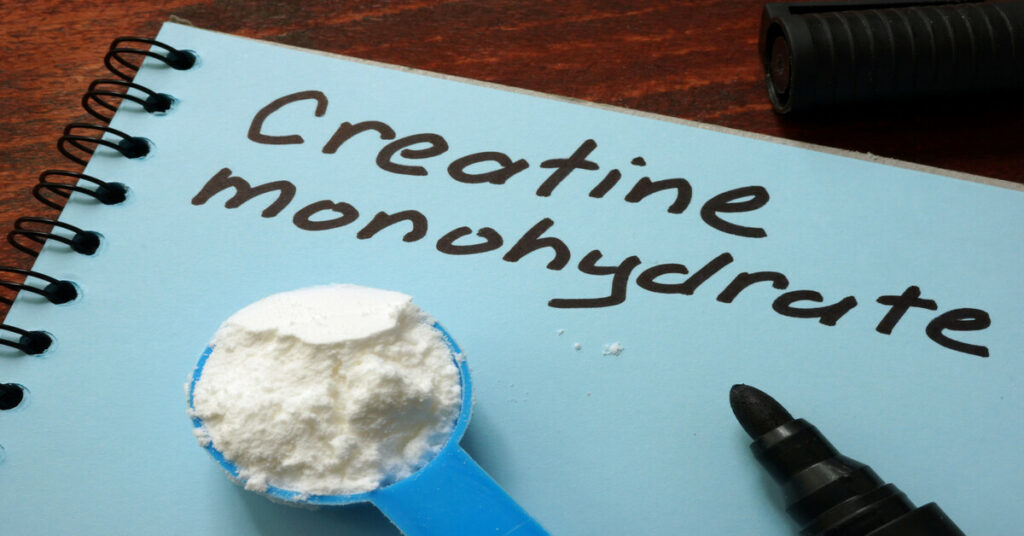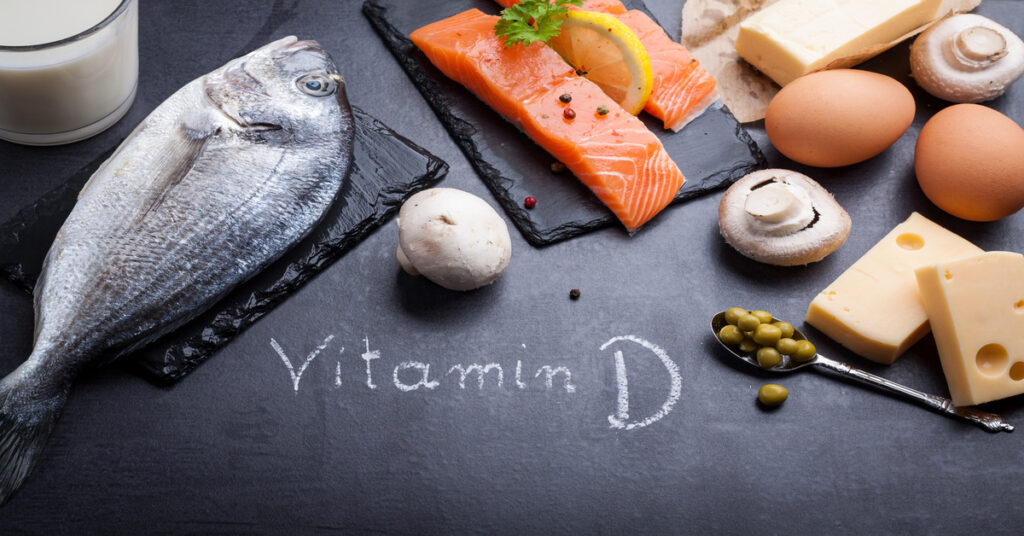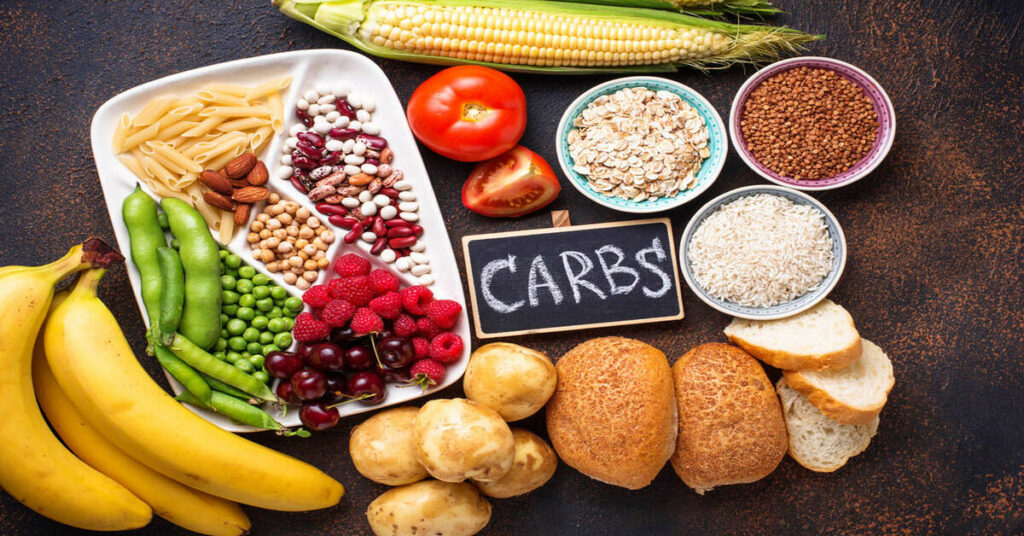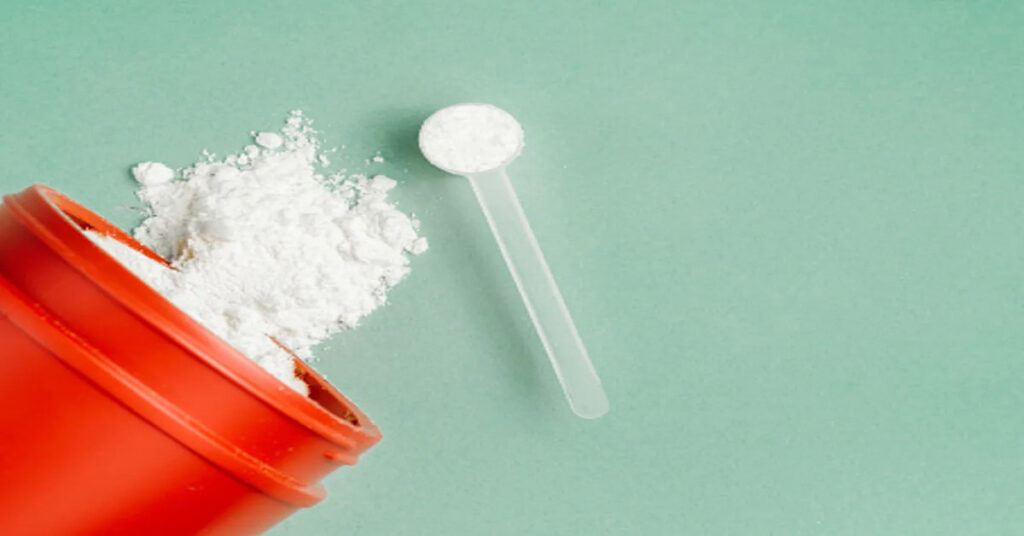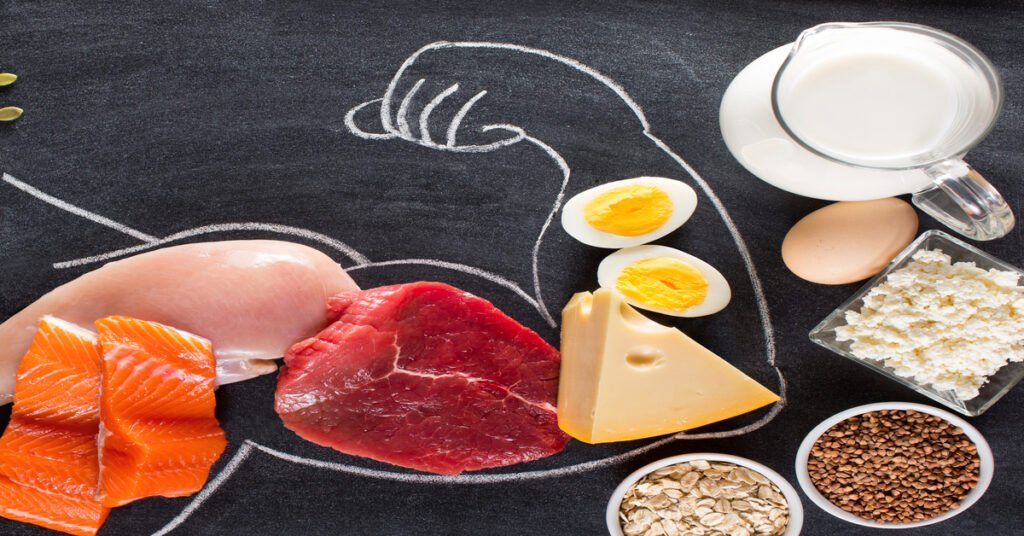IODINE
Iodine is a crucial mineral that plays a vital role in the functioning of the thyroid gland, which regulates metabolism and growth in the body. While iodine deficiency was once a significant public health concern, it is now less common in many parts of the world thanks to the widespread use of iodized table salt.
However, there are still populations at risk of not getting enough iodine in their diets, including those who don’t consume seafood and individuals who intentionally restrict their salt intake. In this article, we will explore the importance of iodine for thyroid function, the foods that are rich in iodine, and the potential benefits of ensuring adequate iodine intake, particularly for high-risk populations such as pregnant women.
Sources & Status
Iodine (I) is a vital mineral that gets its name from the Greek word for violet or purple due to the color of the gas it produces naturally. The intake of iodine in the diet is limited to several forms such as iodide, inorganic iodine, iodide cation, and iodine salts such as sodium iodide or potassium iodide. Iodide is an anion that is water-soluble, and its formula is I-.
Seaweed is a natural source of iodine, as it has the unique ability to bioaccumulate and concentrate iodine from seawater. Certain species of seaweed are capable of accumulating iodine up to 30,000 times more than the concentration in the surrounding water.
- Kombu or Kelp, specifically the Laminaria genus, such as Laminaria digitata, is a significant source of iodine, with a concentration of 2,353-2,660µg/g when dried. [1, 2] On average, kelp of all species contains 1,542μg/g by dry weight.
- Wakame, from the Undaria genus, such as Undaria pinnatifida, contains a lower concentration of iodine at 35-77µg/g. [1]
- Nori, which comes from the Porphyra genus, such as Porphyra tenera, has the lowest iodine concentration compared to other seaweeds that have been tested, with 12µg/g in fresh weight and 43µg/g in dry weight.
- Dulse, also known as Palmaria palmata, has an iodine concentration of 44.1µg/g when dried.
- Arame, also known as Eisenia bicycli, has a high concentration of iodine at 706-721µg/g when dried.
- Alaria esculenta (seaweed) at 100µg/g.
- Dried Hijiki (sea grass) at 391µg/g
- Kelp Granules (used as a salt substitute) at 67µg/g, although very high levels have been reported in some case studies investigating granules made from _Laminaria digitata_ (8,165+/-373µg/g).
- Cod (fresh and raw) at 1,050µg/kg.
- Haddock (fresh and raw) at 2,500µg/kg.
- Herring (raw) at 290µg/kg.
- Kippers (raw) at 550µg/kg.
- Mackeral (raw) at 1,380µg/kg.
- Mussels (fresh and boiled) at 1,160µg/kg.
- Plaice (fresh and raw) at 280µg/kg.
- Prawns (frozen) at 210µg/kg.
- Red snapper (fresh) at 650µg/kg.
- Salmon at 590µg/kg.
- Sardines (fresh and raw) at 290µg/kg.
- Rainbow Trout (fresh) at 130µg/kg.
- Tuna (canned) at 140µg/kg.
Distinguishing between wet and dry weight is of utmost importance when it comes to seaweed, as certain types of seaweed can expand up to 10 times their weight when fully hydrated. Furthermore, seaweed typically has a moisture content of around 70% when hydrated, but only between 7-20% when dried.
The absorption of iodine from seaweed is relatively high, ranging from approximately 60% to complete absorption.
It is important to note that the iodine content in kombu can be significantly reduced through heat treatment, such as boiling for 15 minutes, which can eliminate up to 99% of iodine. However, other genera, such as sargassum, may have lower losses of iodine, approximately 40%. In some cases, processing kelp may involve applying a dye to the seaweed, resulting in products known as “ao-kombu” or “kizami-kombu,” which involves boiling the seaweed in dye for 30 minutes and then hang-drying it.
The processing of kelp into products such as soup can result in variability in iodine content. Some sources have noted that the iodine levels in Kombu products can range from 660µg/L to 31,000µg/L, which is equivalent to 165-7,750µg per 250mL serving.
It is worth noting that many traditional Japanese dishes that include seaweed in their preparation often also contain vegetables with known goitrogenic properties, such as broccoli, cabbage, bok choy, and soy. [1] These vegetables are known to compete with iodine for uptake into the thyroid gland [1] or, in the case of soy isoflavones, reduce the incorporation of iodine into active thyroid hormones.
This can have a beneficial effect on preventing thyrotoxicosis resulting from high iodine intake.
Additionally, certain species of seaweed may contain high levels of the mineral bromide (as bromine), which has anti-thyroid properties. As a result, the presence of bromide in seaweed may help reduce the risk of thyrotoxicosis.
Despite the potential benefits of seaweed consumption in regulating iodine levels, there have been reported cases of iodine-induced goitre and thyrotoxicosis associated with high seaweed intake, primarily from Kombu. In such cases, seaweed and iodine restriction have been successful treatments. [1, 2, 3, 4]
Iodine is commonly found in salt as a result of Universal Salt Iodization, which involves adding either potassium iodate (KIO3) or potassium iodide (KI) to salt.
The amount of iodine in salt can vary by country, but typically ranges from 15-25μg/g (15-25ppm). It is generally considered inadequate if the iodine content is less than 10μg/g. In regions where iodine deficiency is more prevalent and the diet contains less iodine, higher doses of up to 40μg/g may be used selectively.
Infants under six months of age require a aily intake of approximately 110μg of iodine as the adequate intake (AI), and this increases to 130μg after six months of age. [1]
For lactating women, a dietary intake of 290μg is recommended.
Detection of iodine deficiency can be done by measuring urinary iodine concentrations since almost all of the dietary iodine is excreted through urine. Deficiency is considered to be present when urinary iodine concentrations are less than 100μg/L, [1] and the upper limit is 300μg/L.
Urinary iodine is a quick biomarker as it can rise from 100μg/L to 30,000μg/L within a day and then return to 100μg/L within a few days, and thus it is more indicative of daily intake than iodine stores in the body.
It is estimated that the daily iodine intake in Japanese diets ranges from 1,000-3,000µg, although some estimates suggest it may be lower.
The estimation that Japanese diets have a daily iodine intake of 1,000-3,000µg is attributed to the regular consumption of seaweed, with daily intake ranging from 4.3-5.3g, and seaweed being included in up to 21% of meals. Recent survey research suggests a preference for Wakame and Nori over Kelp, with 20-38% of the adult population consuming more than five servings of seaweed per week and only 1-2% consuming it rarely. [1, 2, 3]
According to data from 2001-2002, Americans were found to have urinary iodine concentrations of 168μg/L, while pregnant women had concentrations of 173μg/L.
It is estimated that up to two billion people worldwide, mainly from third world nations, are at risk of iodine deficiency, which can have detrimental effects on cognitive function. [1]
Main Takeaway: Seaweed and fish are the most abundant natural sources of iodine, with seaweed being a much superior source compared to fish. The difference in iodine content between the smallest possible difference in seaweed and fish (Nori versus Haddock) is about 5 times greater in seaweed, while the largest possible difference (Kombu versus Tuna) is a whopping 19,000 times greater in seaweed. However, certain seaweed products contain such high levels of iodine that they are considered excessive sources and may cause one to exceed the tolerable upper limit (TUL) of iodine.
Despite the fact that seaweed contains very high levels of iodine, there are several reasons why its dietary inclusion is not necessarily toxic. These factors include the loss of iodine content with heat treatment, a tendency to consume Nori and Wakame instead of Kombu, and the consumption of seaweed alongside goitrogenic foods. However, it is worth noting that there have still been reported cases of iodine toxicity, primarily due to poor processing and excessive dietary intake.
The iodine concentration in other food products is generally low enough that exceeding the tolerable upper limit (which is estimated to be at least 1,000µg) is unlikely to occur. However, the concentration is sufficient such that consuming a varied diet is generally enough to ensure sufficiency.
When considering all age groups, the recommended intake of iodine (AI) typically ranges from low 100s to high 200s in micrograms.
The body’s iodine status can be assessed by measuring urinary iodine concentrations. However, urinary iodine concentrations are subject to rapid changes and are therefore more indicative of daily iodine intake and dietary patterns rather than the body’s iodine stores.
Developed countries such as Japan and the United States have an average dietary iodine intake that appears to be sufficient, although the Japanese diet exceeds the tolerable upper limit (TUL) set in other nations at 1,000 µg. However, this does not appear to be a concern as the Japanese have a higher TUL of 3,000 µg, which is not exceeded by the national average.
Deficiency
Children who experience mild iodine deficiency may suffer from growth retardation, impaired hearing capacity, and reduced cognitive function. Severe iodine deficiency can lead to cretinism, but this can be completely prevented with sufficient maternal iodine before conception.
The rates of cretinism have been eradicated since the introduction of an iodized food supply through the use of table salt. [1]
It is feasible that a deficiency of iodine among relatives, even if not severe enough to cause irreversible cretinism, can lead to cognitive impairment. A collection of studies examining the intelligence quotient (IQ) of children found that regions with greater iodine intake (compared to regions with iodine deficiency) exhibited a combined increase in IQ of 13.5 points.
Pregnant women, lactating women, and infants are prone to experiencing a relative deficiency of iodine because of their elevated iodine demands, which can result in a higher occurrence of such deficiency.
Populations with low iodine intake compared to a higher thiocyanate intake are at a greater risk of competitive inhibition of iodine uptake into the thyroid, which can lead to iodine deficiency. This risk is also elevated for vegans [1, 2] (who do not consume seaweed) and lactovegetarians who do not consume seaweed.
Deficiencies of iodine, indicated by urinary iodine levels below 100μg/L, have been found to occur in vegetarians and vegans at rates as high as 25% and 80%, respectively. However, a reduced iodine status is not linked to intestinal malabsorption states.
Main Takeaway: Cretinism, a condition of severe and irreversible mental retardation, is caused by severe iodine deficiency in a mother prior to conception. However, since table salt has been iodized in first world nations, resulting in increased exposure to iodine in the food supply, cretinism has been largely eradicated in these countries.
A deficiency of iodine, which is lower than the recommended intake but adequate to prevent cretinism, seems to be linked to reduced cognitive potential. Groups that are vulnerable to mild iodine deficiency include pregnant and lactating women, as well as their infants.
Excessive Intake Rates
The Institute of Medicine (IOM) recommends a tolerable upper limit (TUL) for iodine intake in adults of 1,100μg. For children aged 4-8 years, the TUL has been established at 300μg, while children aged 9-13 years have a TUL of 600μg.
There are concerns about high iodine intake in certain parts of the world, such as China where water is known to contain high iodine concentrations, [1] and in Iceland where animals fed on fish may retain some of the iodine content, leading to potential overconsumption. Intake is also thought to be excessive in Japan, where consumption of seaweed has been noted to cause increases in urinary iodine up to 1,000μg/L.
Main Takeaway: International organizations suggest a recommended upper intake range of 500-1,100μg for iodine, with the highest recommended upper limit being 3mg. Consistently consuming seaweed is believed to bring individuals close to the highest upper intake level.
Inflammation & Immunology
A study conducted on healthy individuals without iodine deficiency found that supplementing them with 100-300μg of iodine for six months resulted in minor anti-inflammatory effects. This was evident from a reduction in the levels of serum IL-6 and C-reactive protein.
Interactions with Hormones
In individuals with normal thyroid function, regular doses of iodine do not seem to have a significant impact. [1] However, higher pharmacological doses may lead to a temporary suppressive effect. [1, 2, 3]
A study conducted on individuals with subclinical Hashimoto’s disease reported that even a dose as low as 500μg can result in a mild suppression of T4. This suggests that individuals with underlying thyroid conditions may be more sensitive to iodine intake.
Children with severe iodine deficiency are known to have lower levels of serum IGF-1 and IGFBP-3. [1]
Interactions with Organ Systems
Mild iodine deficiencies have been noted to be associated with an elevated hearing threshold in children.
Interactions with Pregnancy
Iodine deficiency in pregnant women can be transferred to the fetus and lead to irreversible mental retardation known as cretinism. This can be prevented by ensuring sufficient iodization of the food supply. [1] However, despite efforts, some cases of iodine deficiency have been reported even in developed countries.
Studies conducted in New Zealand have reported that postpartum women and their infants have urinary iodine concentrations that fall within the deficiency range. Supplementing with either 75μg or 150μg of iodine has been found to be equally effective in increasing urinary iodine levels to sufficient levels.
Breast milk iodine concentrations are typically around 150-180μg/L [1] in areas where the diet contains sufficient levels of iodine. However, in regions with iodine deficiency, breast milk iodine concentrations can drop to as low as 50μg/L.
Main Takeaway: Although rare in developed countries, true iodine deficiencies can lead to irreversible neurological damage in the developing fetus, resulting in cretinism.
Breast milk iodine concentrations are typically around 150-180μg/L in areas where the diet contains sufficient levels of iodine. However, in regions with iodine deficiency, breast milk iodine concentrations can drop to as low as 50μg/L.
Nutrient Interactions
Thiocyanate, found in various vegetables such as broccoli, is a known goitrogen and can inhibit the sodium/iodide symporter NIC. This symporter is responsible for transporting iodine from the blood to the thyroid for the production of thyroid hormones. [1]
Some populations with a relatively low iodine intake are at greater risk for iodine deficiency when there is also a high dietary intake of thiocyanates.
Safety & Toxicology
Goitre is a condition characterized by the enlargement of the thyroid gland due to various reasons. One type of goitre is known as diffuse goitre, which is also called simple or colloid goitre. This type of goitre is caused by the enlargement of the thyroid gland without the presence of nodules or hyperthyroidism. It is commonly associated with iodine deficiency and can be treated with iodine supplementation, although it may take several years to show some effect and up to a decade to completely eliminate it.
Excessive intake of iodine has been associated with goitre, as observed in Japan’s ‘Endemic coast goitre’ where individuals consumed high amounts of seaweed (up to 10,000µg daily) resulting in goitre.
The acute administration of high doses of iodine can lead to a transient suppression of thyroid hormone synthesis for up to 48 hours, a phenomenon known as the acute Wolff–Chaikoff effect. [1] This is believed to occur due to the downregulation of the transport of iodine from plasma into the thyroid, which prevents further suppression of hormone synthesis and the occurrence of thyrotoxic effects. [1]
Excessive iodine intake can lead to thyrotoxicosis, which is characterized by an overactive thyroid gland. This can occur in individuals with underlying thyroid disorders, such as hypothyroidism or hyperthyroidism, due to alterations in iodine transport into the thyroid gland. [1]
Individuals who do not experience the Wolff-Chaikoff effect may develop thyrotoxicosis due to excessive iodine intake, as seen in case reports of kelp tea and soup consumption, [1] as well as topical application of iodine via povidone-iodine.
An increase in thyroid size has been observed in children with elevated iodine status (urinary iodine of 300-1,000μg/L), particularly when urinary concentrations exceed 500μg/L, as assessed by ultrasound.
Main Takeaway: Both iodine deficiency as well as iodine excess may cause a condition characterized by the enlargement of the thyroid gland, known as goitre.
Individuals who are susceptible to thyrotoxicosis may experience it due to high iodine intakes, as the protective adaptation known as the Wolff-Chaikoff effect does not occur in them. This has been observed in case studies involving kelp tea, soup, and topical iodine application (via povidone-iodine).
An increase in thyroid size may occur with high iodine intake, regardless of whether or not thyrotoxicosis is present.
Summary
Iodine is a crucial mineral that is frequently linked to the thyroid, as it plays a significant role in cognitive development.
Seaweed and fish are the most abundant natural sources of iodine, with seaweed being a much superior source compared to fish. The difference in iodine content between the smallest possible difference in seaweed and fish (Nori versus Haddock) is about 5 times greater in seaweed, while the largest possible difference (Kombu versus Tuna) is a whopping 19,000 times greater in seaweed. However, certain seaweed products contain such high levels of iodine that they are considered excessive sources and may cause one to exceed the tolerable upper limit (TUL) of iodine.
Despite the fact that seaweed contains very high levels of iodine, there are several reasons why its dietary inclusion is not necessarily toxic. These factors include the loss of iodine content with heat treatment, a tendency to consume Nori and Wakame instead of Kombu, and the consumption of seaweed alongside goitrogenic foods. However, it is worth noting that there have still been reported cases of iodine toxicity, primarily due to poor processing and excessive dietary intake.
The iodine concentration in other food products is generally low enough that exceeding the tolerable upper limit (which is estimated to be at least 1,000µg) is unlikely to occur. However, the concentration is sufficient such that consuming a varied diet is generally enough to ensure sufficiency.
When considering all age groups, the recommended intake of iodine (AI) typically ranges from low 100s to high 200s in micrograms.
The body’s iodine status can be assessed by measuring urinary iodine concentrations. However, urinary iodine concentrations are subject to rapid changes and are therefore more indicative of daily iodine intake and dietary patterns rather than the body’s iodine stores.
Developed countries such as Japan and the United States have an average dietary iodine intake that appears to be sufficient, although the Japanese diet exceeds the tolerable upper limit (TUL) set in other nations at 1,000 µg. However, this does not appear to be a concern as the Japanese have a higher TUL of 3,000 µg, which is not exceeded by the national average.
Cretinism, a condition of severe and irreversible mental retardation, is caused by severe iodine deficiency in a mother prior to conception. However, since table salt has been iodized in first world nations, resulting in increased exposure to iodine in the food supply, cretinism has been largely eradicated in these countries.
A deficiency of iodine, which is lower than the recommended intake but adequate to prevent cretinism, seems to be linked to reduced cognitive potential. Groups that are vulnerable to mild iodine deficiency include pregnant and lactating women, as well as their infants.
International organizations suggest a recommended upper intake range of 500-1,100μg for iodine, with the highest recommended upper limit being 3mg. Consistently consuming seaweed is believed to bring individuals close to the highest upper intake level.
Supplementing healthy individuals without iodine deficiency with 100-300μg of iodine for six months resulted in minor anti-inflammatory effects.
In individuals with normal thyroid function, regular doses of iodine do not seem to have a significant impact. However, higher pharmacological doses may lead to a temporary suppressive effect. Individuals with underlying thyroid conditions may be more sensitive to iodine intake.
Children with severe iodine deficiency are known to have lower levels of serum IGF-1 and IGFBP-3.
Mild iodine deficiencies have been noted to be associated with an elevated hearing threshold in children.
Although rare in developed countries, true iodine deficiencies can lead to irreversible neurological damage in the developing fetus, resulting in cretinism.
Breast milk iodine concentrations are typically around 150-180μg/L in areas where the diet contains sufficient levels of iodine. However, in regions with iodine deficiency, breast milk iodine concentrations can drop to as low as 50μg/L.
When mothers receive daily iodine supplements of 75-150μg for 24 weeks after childbirth, there is a dose-dependent increase in breast milk iodine concentrations by 30% and 70% compared to those who do not receive supplementation.
Thiocyanate, found in various vegetables such as broccoli, is a known goitrogen and can inhibit the sodium/iodide symporter NIC. This symporter is responsible for transporting iodine from the blood to the thyroid for the production of **thyroid hormones**.
Both iodine deficiency as well as iodine excess may cause a condition characterized by the enlargement of the thyroid gland, known as goitre.
Individuals who are susceptible to thyrotoxicosis may experience it due to high iodine intakes, as the protective adaptation known as the Wolff-Chaikoff effect does not occur in them. This has been observed in case studies involving kelp tea, soup, and topical iodine application (via povidone-iodine).
An increase in thyroid size may occur with high iodine intake, regardless of whether or not thyrotoxicosis is present.

